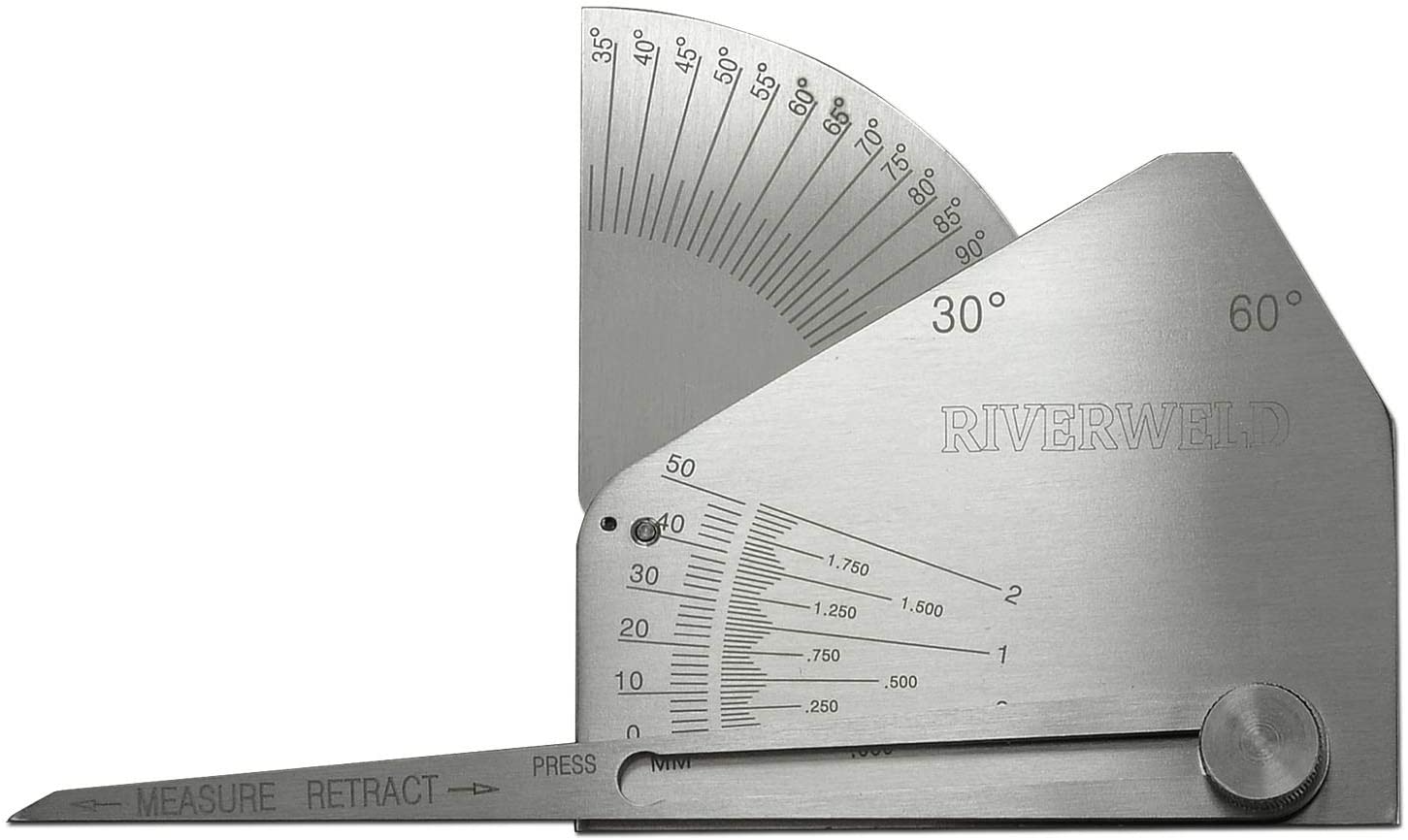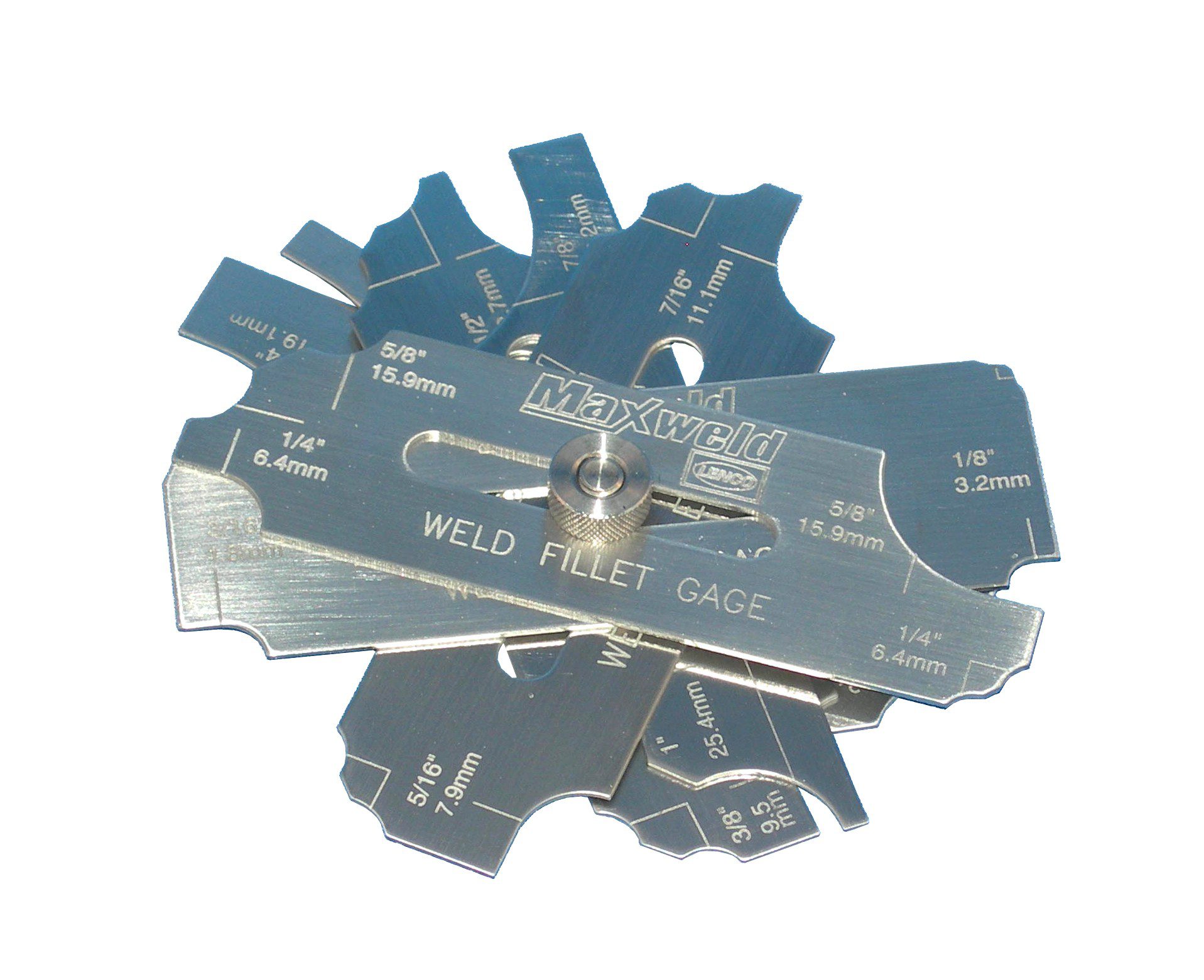Understanding Gauge Fillet Welds: Tips for Perfect Measurements and Implementation
Understanding Gauge Fillet Welds: Tips for Perfect Measurements and Implementation
Blog Article
Fillet Weld Design Strategies: Maximizing Joint Performance and Looks for Structural Honesty
In the world of structural engineering and fabrication, the relevance of fillet weld layout strategies can not be overemphasized. By carefully thinking about elements such as weld profile optimization, product option, joint prep work methods, welding process performance, and aesthetic enhancement methods, engineers and makers can attain an unified balance between capability and appearance in their bonded frameworks.
Weld Account Optimization


Accomplishing an optimum weld profile entails a careful consideration of factors such as product thickness, joint setup, welding setting, and preferred welding rate. Additionally, the choice of ideal welding parameters, such as voltage, present, and take a trip rate, is fundamental in controlling the shape and measurements of the fillet weld. Making use of innovative welding techniques, such as pulse welding or robotic welding, can additionally improve the weld account to fulfill specific design demands and high quality requirements.
Essentially, weld account optimization is a fundamental aspect of fillet weld design that straight affects the overall efficiency and integrity of bonded joints in architectural applications.
Material Selection Considerations
When considering material selection for fillet weld design, the compatibility of the base metals is a vital aspect influencing the structural stability of the joint. It is important to pick products that not just weld together efficiently however also possess similar mechanical homes to guarantee the tons is uniformly distributed between the base and the weld steels. Welding products with greatly different homes can lead to concerns such as stress and anxiety concentrations, premature joint failure, or cracking.
Additionally, the setting in which the bonded structure will run need to be taken right into account when picking materials. Variables like deterioration resistance, temperature fluctuations, and exposure to chemicals can all affect the durability and efficiency of the weld joint. By selecting products that are ideal for the desired application and environment, the general durability and reliability of the bonded joint can be significantly boosted.
Consequently, complete consideration of material compatibility and ecological elements is paramount in making certain the weld joint's stamina, resilience, and total structural anchor honesty.

Joint Prep Work Techniques
Considering the important duty product option plays in guaranteeing the structural stability of fillet weld joints, it is necessary to apply precise joint prep work strategies that maximize the link between the base metals. Joint preparation is an important step that directly influences the high quality and stamina of the weld.
Furthermore, tack welding the elements in area prior to the final weld helps keep positioning and lessens distortion during the welding procedure. By diligently following these joint preparation strategies, welders can improve the total performance and visual appeals of fillet weld joints while making certain structural stability.
Welding Refine Effectiveness
Effective welding procedures are important for attaining optimal performance and high quality in fillet weld fabrication. One vital element of enhancing welding procedure performance is selecting the proper welding technique. Elements such as product type, joint layout, and welding position have to be thoroughly considered to establish the most suitable technique. Procedures like gas steel arc welding (GMAW) and flux-cored arc welding (FCAW) are generally used for fillet welds due to their adaptability and speed.
Additionally, making certain proper devices arrangement and maintenance is important for reliable welding. Regular calibration of welding devices, assessment of consumables, and maintenance of welding torches can avoid downtime and revamp, ultimately saving time and resources. Furthermore, More Bonuses using experienced welders with know-how in the details welding process being used can considerably affect performance. Trained welders are more adept at changing specifications, fixing problems, and preserving constant weld high quality.
Aesthetic Improvement Methods
To maximize the high quality of fillet weld manufacture, executing aesthetic enhancement techniques can play a vital duty in ensuring precision and accuracy during the welding process. Visual help such as weld dimension evaluates and multiplying lenses can aid in evaluating weld accounts and measurements accurately. By incorporating these aesthetic enhancement methods right into the welding procedure, welders can achieve not only structurally audio fillet welds yet also visually attractive outcomes that fulfill industry requirements.

Verdict
To conclude, optimizing fillet weld design involves careful consideration of weld profile, material selection, joint preparation, welding process efficiency, and visual improvement approaches. By implementing these strategies, architectural honesty can be boosted while additionally attaining visual charm. It is very important to prioritize both performance and aesthetic appeals in fillet weld style to guarantee the overall high quality and durability of the joint.
By thoroughly taking into consideration elements such as weld account optimization, material choice, joint prep work techniques, welding procedure effectiveness, and visual enhancement fabricators, approaches and designers can achieve an unified equilibrium between performance and look in their bonded frameworks.In the world of fillet weld style, enhancing the weld profile plays a vital role in guaranteeing structural integrity and efficiency. The weld account, which includes the size and form of the weld cross-section, directly influences the circulation read this post here of tension and load-bearing ability within the joint. It is necessary to choose products that not only bonded together properly however additionally possess comparable mechanical homes to make sure the lots is equally dispersed in between the weld and the base steels - Gauge Fillet Weld.In conclusion, maximizing fillet weld design includes careful factor to consider of weld profile, product selection, joint prep work, welding procedure effectiveness, and aesthetic enhancement techniques
Report this page